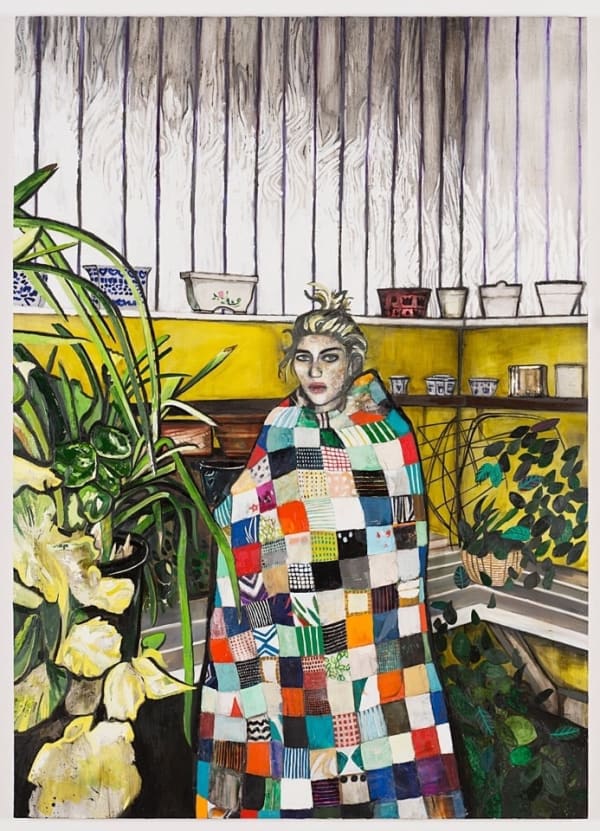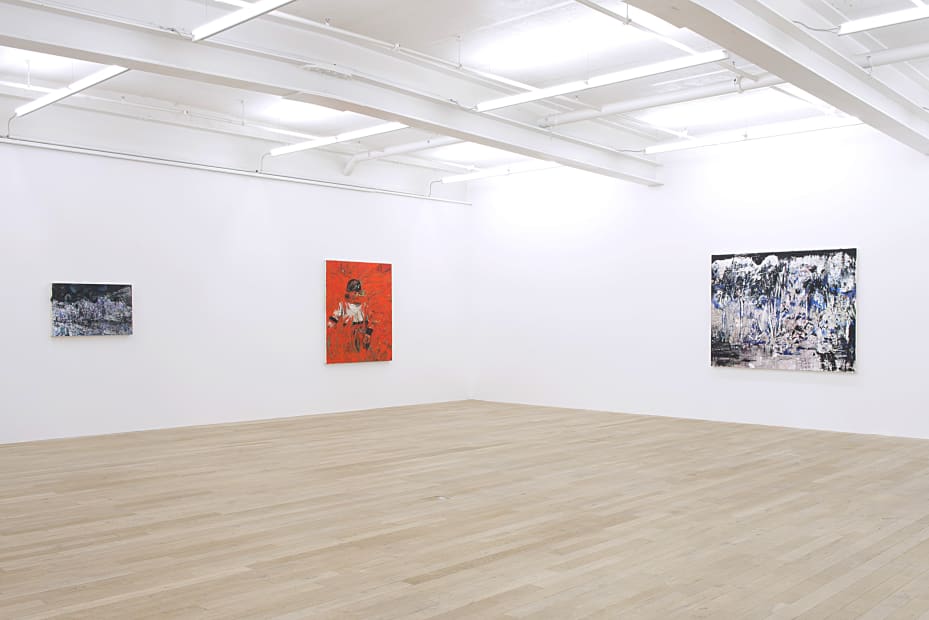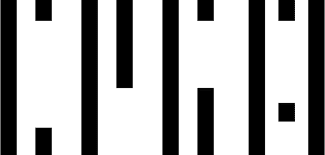Raffi Kalenderian: To Walk Through the NightGalerie Peter Kilchmann, Zahnradstrasse, Zurich
For his fourth solo show at Peter Kilchmann To Walk Through the Night, Raffi Kalenderian uses portraiture and for the first time also landscape painting, to register an expansive vision of nocturnal Los Angeles. To achieve this, Kalenderian presents in this exhibition around 20 new works, among them 10 paintings on canvas and 10 paper works.
October 31 - December 19, 2015
-
 Raffi KalenderianLauren (Quilt), 2015Oil on canvas213 x 152 cm (83.9 x 59.8 in.)UniqueSabrina Brunner
Raffi KalenderianLauren (Quilt), 2015Oil on canvas213 x 152 cm (83.9 x 59.8 in.)UniqueSabrina Brunner -
 Raffi KalenderianFrancis Patrick Kelly IV (December), 2015Oil on canvas249 x 178 cm (98.0 x 70.1 in.)2015Sabrina Brunner
Raffi KalenderianFrancis Patrick Kelly IV (December), 2015Oil on canvas249 x 178 cm (98.0 x 70.1 in.)2015Sabrina Brunner -
 Raffi KalenderianMark V (The Pent), 2015Oil on canvas213 x 152 cm (83.9 x 59.8 in.)UniqueSabrina Brunner
Raffi KalenderianMark V (The Pent), 2015Oil on canvas213 x 152 cm (83.9 x 59.8 in.)UniqueSabrina Brunner -
 Raffi KalenderianLandscape (Huntington Gardens), 2015Oil on canvas152 x 203 cm (59.8 x 79.9 in.)Fredrik Nilsen, Los Angeles
Raffi KalenderianLandscape (Huntington Gardens), 2015Oil on canvas152 x 203 cm (59.8 x 79.9 in.)Fredrik Nilsen, Los Angeles -
 Raffi KalenderianLandscape II (Huntington Gardens), 2015Oil, wax on canvas152 x 203 cm (59.8 x 79.9 in.)UniqueSabrina Brunner
Raffi KalenderianLandscape II (Huntington Gardens), 2015Oil, wax on canvas152 x 203 cm (59.8 x 79.9 in.)UniqueSabrina Brunner -
 Raffi KalenderianLandscape Study (Huntington Gardens II), 2015Oil on canvas61 x 92 cm (24.0 x 36.2 in.)Sabrina Brunner
Raffi KalenderianLandscape Study (Huntington Gardens II), 2015Oil on canvas61 x 92 cm (24.0 x 36.2 in.)Sabrina Brunner -
 Raffi KalenderianMonty Buckles (Black And White), 2015Oil, wax on canvas213 x 152 cm (83.9 x 59.8 in.)UniqueSabrina Brunner
Raffi KalenderianMonty Buckles (Black And White), 2015Oil, wax on canvas213 x 152 cm (83.9 x 59.8 in.)UniqueSabrina Brunner -
 Raffi KalenderianTiara, 2015Oil on canvas152.5 x 122 cm (60.0 x 48.0 in.)Sabrina Brunner
Raffi KalenderianTiara, 2015Oil on canvas152.5 x 122 cm (60.0 x 48.0 in.)Sabrina Brunner -
 Raffi KalenderianAndrew, 2015Graphite and oil on paper76 x 56 cm (29.9 x 22.0 in.)
Raffi KalenderianAndrew, 2015Graphite and oil on paper76 x 56 cm (29.9 x 22.0 in.) -
 Raffi KalenderianCalvin, 2015Graphite and oil on paper68.5 x 56 cm (27.0 x 22.0 in.)
Raffi KalenderianCalvin, 2015Graphite and oil on paper68.5 x 56 cm (27.0 x 22.0 in.)
85 x 64 cm (33.5 x 25.2 in.), framed -
 Raffi KalenderianThe Poet, 2015Graphite on paper68.5 x 56 cm (27.0 x 22.0 in.)
Raffi KalenderianThe Poet, 2015Graphite on paper68.5 x 56 cm (27.0 x 22.0 in.)
85 x 64 cm (33.5 x 25.2 in.), framed -
 Raffi KalenderianMark, 2015Graphite and oil on paper68.5 x 56 cm (27.0 x 22.0 in.)
Raffi KalenderianMark, 2015Graphite and oil on paper68.5 x 56 cm (27.0 x 22.0 in.)





















